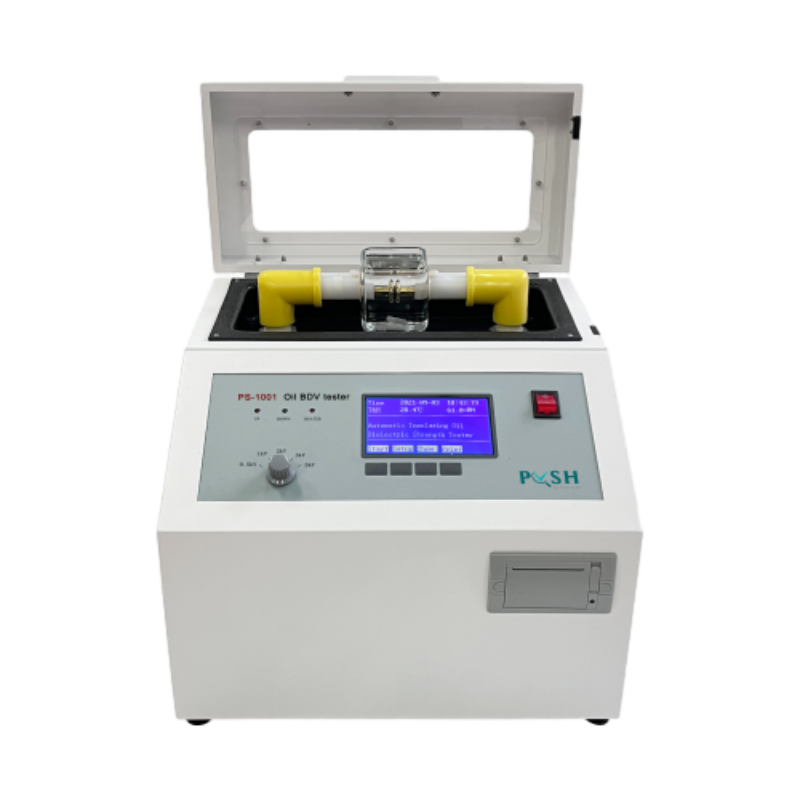 English
English


Understanding Transformer Coil Resistance and Its Implications in Electrical Systems
Understanding Transformer Coil Resistance
Transformer coil resistance plays a crucial role in the overall efficiency and performance of electrical transformers
. Understanding this resistance is essential for engineers, technicians, and anyone involved in electrical system design and maintenance.A transformer is an electromagnetic device that transfers electrical energy between circuits through electromagnetic induction. It is made up of two coils of wire, known as the primary and secondary coils, which are wound around a magnetic core. When an alternating current flows through the primary coil, it generates a magnetic field that induces a voltage in the secondary coil. However, this process is not without losses, and one of the key factors that contribute to these losses is the resistance of the coils.
The resistance of the transformer coils is primarily due to the material properties of the wire used, typically copper or aluminum. Copper is generally favored for its superior conductivity, though it is more expensive than aluminum. The way the coils are wound and the temperature also affect resistance. As the temperature rises, the resistance of the wire increases, which can lead to energy losses in the form of heat.
transformer coil resistance

One critical aspect of transformer coil resistance is its impact on efficiency. When current flows through the coils, energy is lost due to the resistance, producing heat rather than usable electrical power. This loss is expressed as copper loss or I²R losses, where I represents the current and R denotes the resistance. Reducing this resistance can significantly enhance the efficiency of a transformer. Design engineers often focus on minimizing coil resistance through various techniques, such as improving wire quality, optimizing coil design, and ensuring proper cooling mechanisms.
Moreover, measuring the resistance of transformer coils is essential for maintenance and troubleshooting. Regular testing can identify issues such as short circuits, poor connections, or insulation failures. High resistance readings can indicate problems that, if left unaddressed, may lead to transformer failure or reduced performance.
In conclusion, transformer coil resistance is a fundamental parameter impacting the efficiency and reliability of transformers. By understanding and managing this resistance, engineers can enhance transformer performance, leading to more efficient energy systems. Regular monitoring and testing of coil resistance not only ensure the operational integrity of transformers but also contribute to the longevity of the equipment and the overall stability of electrical networks. Thus, transformer coil resistance is an essential topic for anyone involved in the design, operation, and maintenance of electrical transformers.
-
Differences between open cup flash point tester and closed cup flash point testerNewsOct.31,2024
-
The Reliable Load Tap ChangerNewsOct.23,2024
-
The Essential Guide to Hipot TestersNewsOct.23,2024
-
The Digital Insulation TesterNewsOct.23,2024
-
The Best Earth Loop Impedance Tester for SaleNewsOct.23,2024
-
Tan Delta Tester--The Essential Tool for Electrical Insulation TestingNewsOct.23,2024





